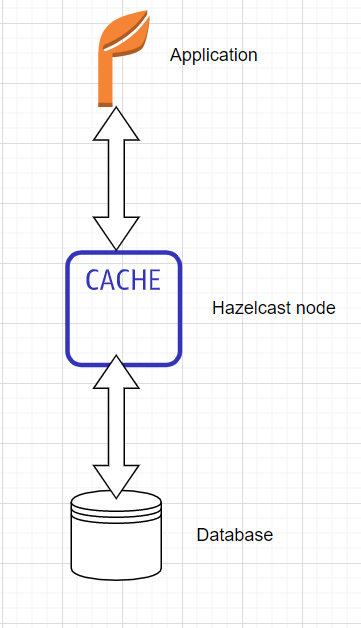

appropriate public key, as it is also included in the JWT JOSE header. Important: If you change the Cache Based on Selected Request Headers setting to All, or if you allow the Host header, then your setup wont work. Private and public keys are referred to as Key pair. Accessing the page ( CFdistributionBaseURL/home.html) shows following. Then, for Whitelist Headers, add Authorization to the list of allowed headers. this one from AWS blogsįor this article, I hosted a simple “Home.html” in a S3 bucket with public read access to the page and created a CF distribution to serve this bucket, with cache default TTL as 24 hours. There are tonnes of tutorials on the internet about setting up CF distribution with S3 e.g. Easiest way to get this up and running is using AWS S3 bucket as backing store for the pages to be served. In order to visualize this, you would need an AWS account and setup CF as a front to serve your pages. Cache-Control: private, max-age0, no-cache These settings are referred to as response directives. For the Apache web server, you will need edit your.
#ADDING PUBLIC PRIVATE CACHE HEADER TO SPIRNG HOW TO#
So private responses can’t be stored by CDN’s like AWS CloudFront but can be stored by the browser which is considered a private cache. In this section, we will show you how to set the HTTP Cache-Control header in Apache and Nginx. The “public” response directive indicates that any cache MAY store the response whereas the “private” response directive indicates that the response message is intended for a single user and MUST NOT be stored by a shared cache. This means that when the browser has to receive these. When a client makes a request to the server, the browser can cache, or store copies of resources for faster access and lower latency.
Simply adding theCache-Control: no-cache, no-store, max-age0, must-revalidate Pragma: no-cache Expires: 0. If we want to set a header on a HandlerFunction, then well need to get our hands on the ServerResponse interface. To help mitigate this Spring Security has added cache control support which will insert the following headers into you response. These can be used as both request and response directives but we will limit our discussion in context of response. Cache-Control is a HTTP cache header that contains a set of parameters to define the browser’s caching policies in the client requests and server responses. The classes and interfaces introduced in the last two sub-sections can be used in Controller annotated classes, but arent suitable for the new Spring 5 Functional Web Framework. In this section, we will explore three such directives- public, private and no-store. A cache MUST obey the requirements of the Cache-Control directives.

Effective HTTP Caching Part III: Public, Private and No-StoreĪs we saw in earlier blogs, Cache-Control header field is used to specify directives for caches along the request/response chain.


 0 kommentar(er)
0 kommentar(er)
